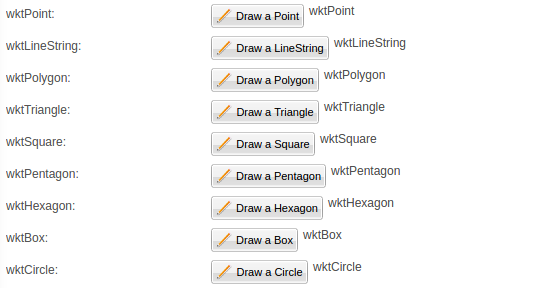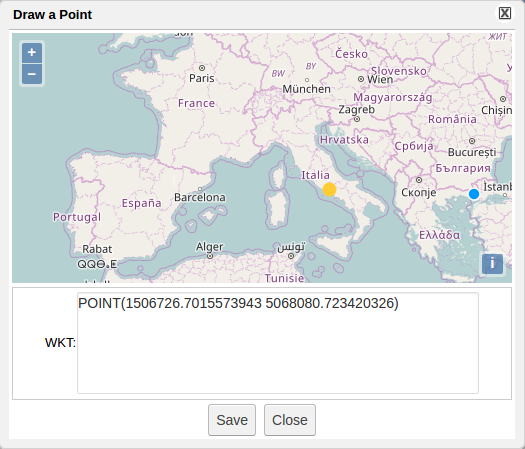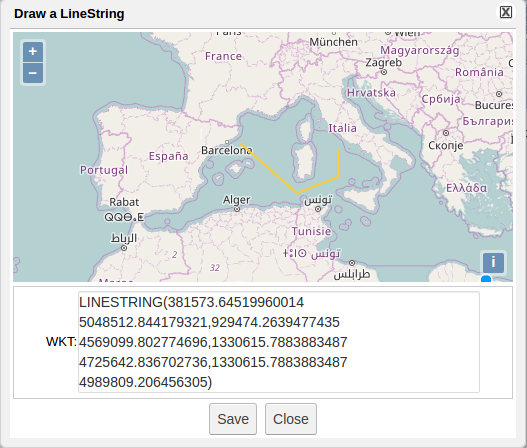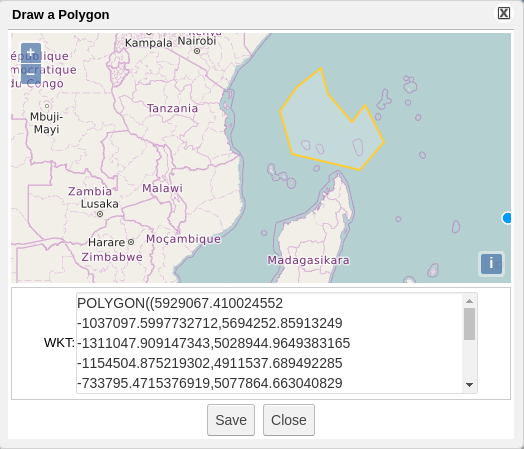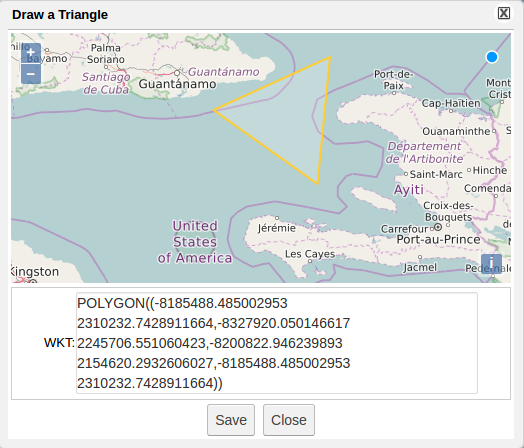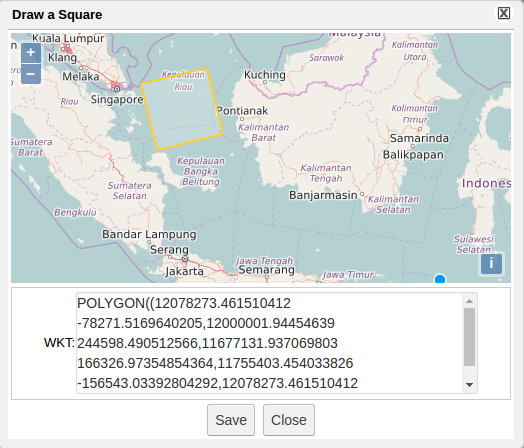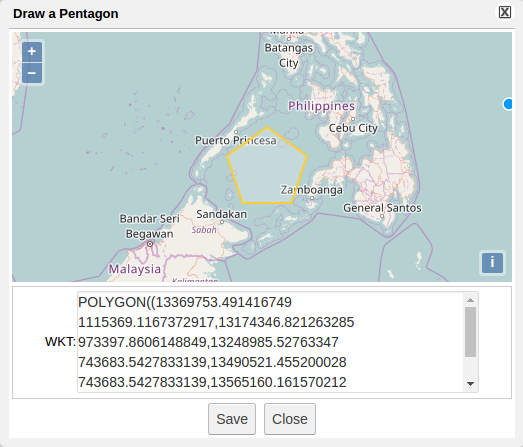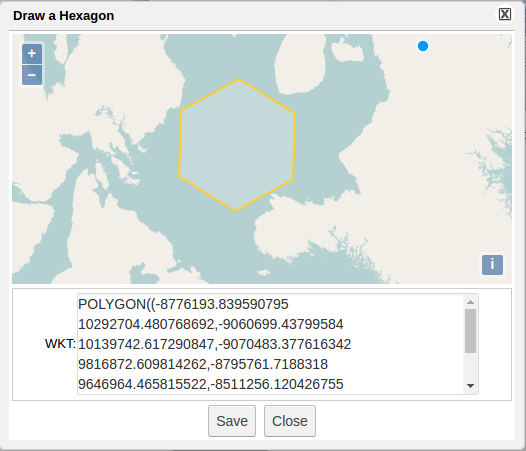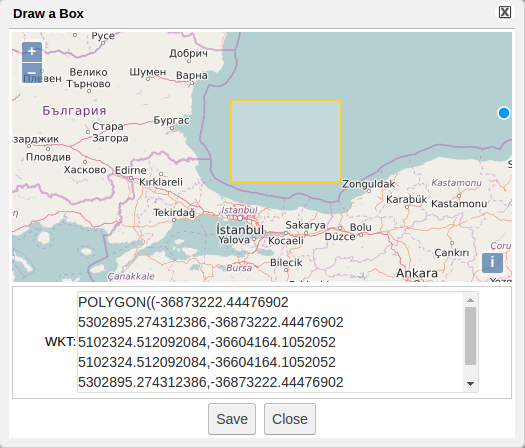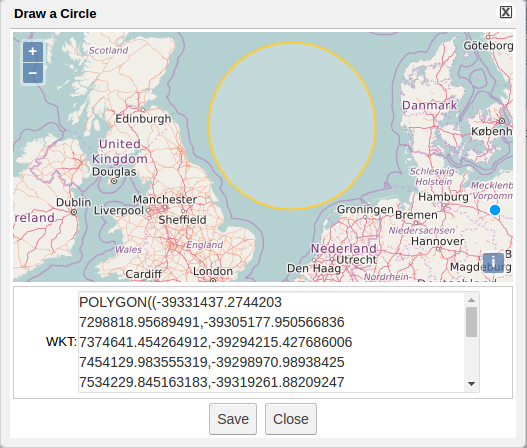Difference between revisions of "Statistical Algorithms Importer: Advanced Input"
From Gcube Wiki
(→Spatial Data in DataMiner) |
(→Spatial Data in DataMiner) |
||
| Line 12: | Line 12: | ||
===Spatial Data in DataMiner=== | ===Spatial Data in DataMiner=== | ||
| − | [[Image:DataMinerManager_SpatialData.png|thumb|center|555px| | + | [[Image:DataMinerManager_SpatialData.png|thumb|center|555px|Spatial Data, DataMiner]] |
[[Image:DataMinerManager_WKT_Point.png|thumb|center|525px|WKT Point, DataMiner]] | [[Image:DataMinerManager_WKT_Point.png|thumb|center|525px|WKT Point, DataMiner]] | ||
[[Image:DataMinerManager_WKT_LineString.png|thumb|center|525px|WKT LineString, DataMiner]] | [[Image:DataMinerManager_WKT_LineString.png|thumb|center|525px|WKT LineString, DataMiner]] | ||
Revision as of 14:15, 4 October 2016
- This page explains how to use Advanced Input using Statistical Algorithms Importer(SAI) portlet.
Spatial Data
Spatial Data in SAI
- Spatial Data is supported by Well-known text (WKT) that is a text markup language for representing vector geometry objects on a map, spatial reference systems of spatial objects and transformations between spatial reference systems.[1]
- SAI can support WKT input using the appropriate descriptions.
